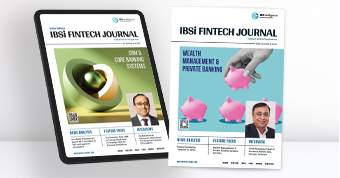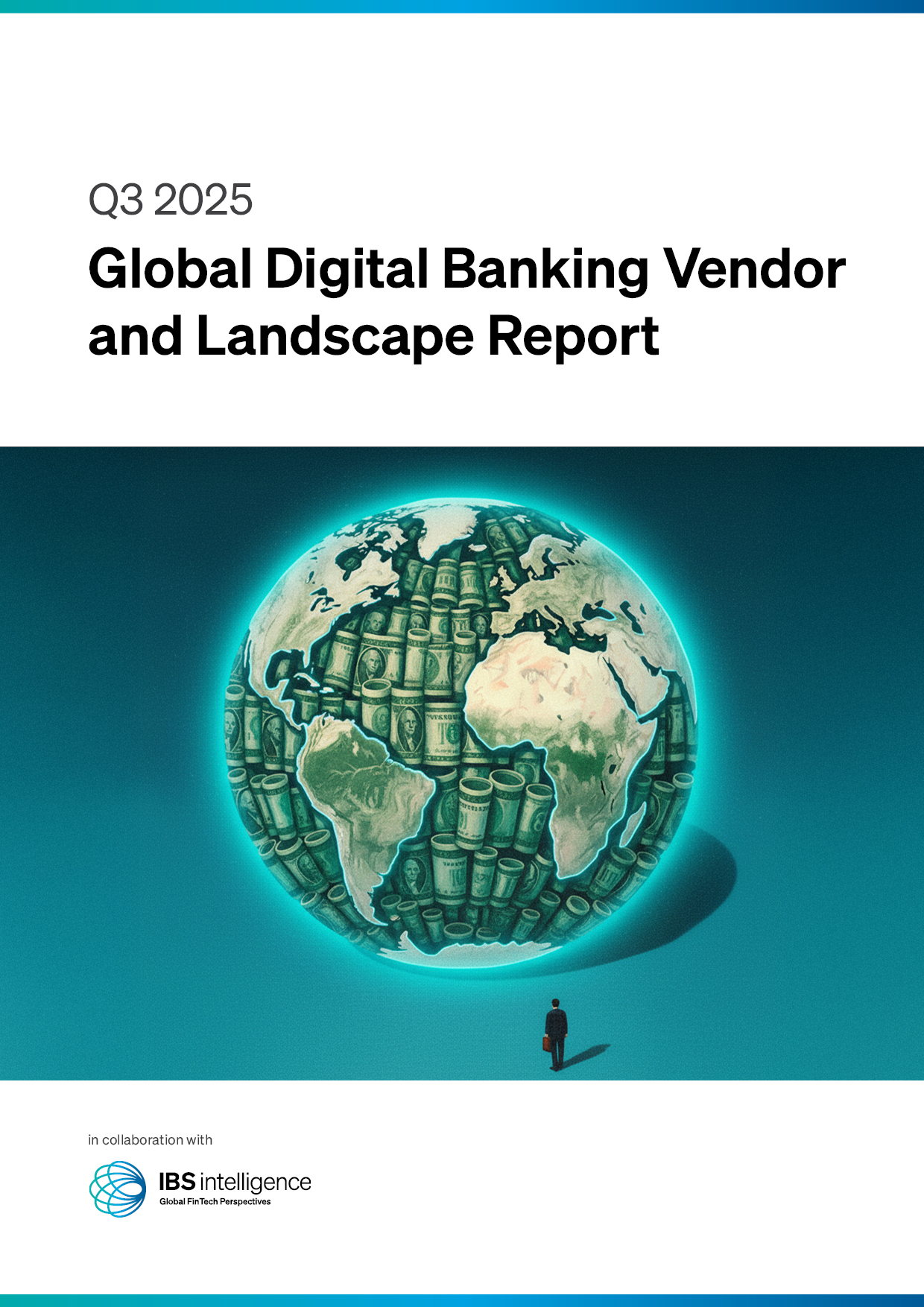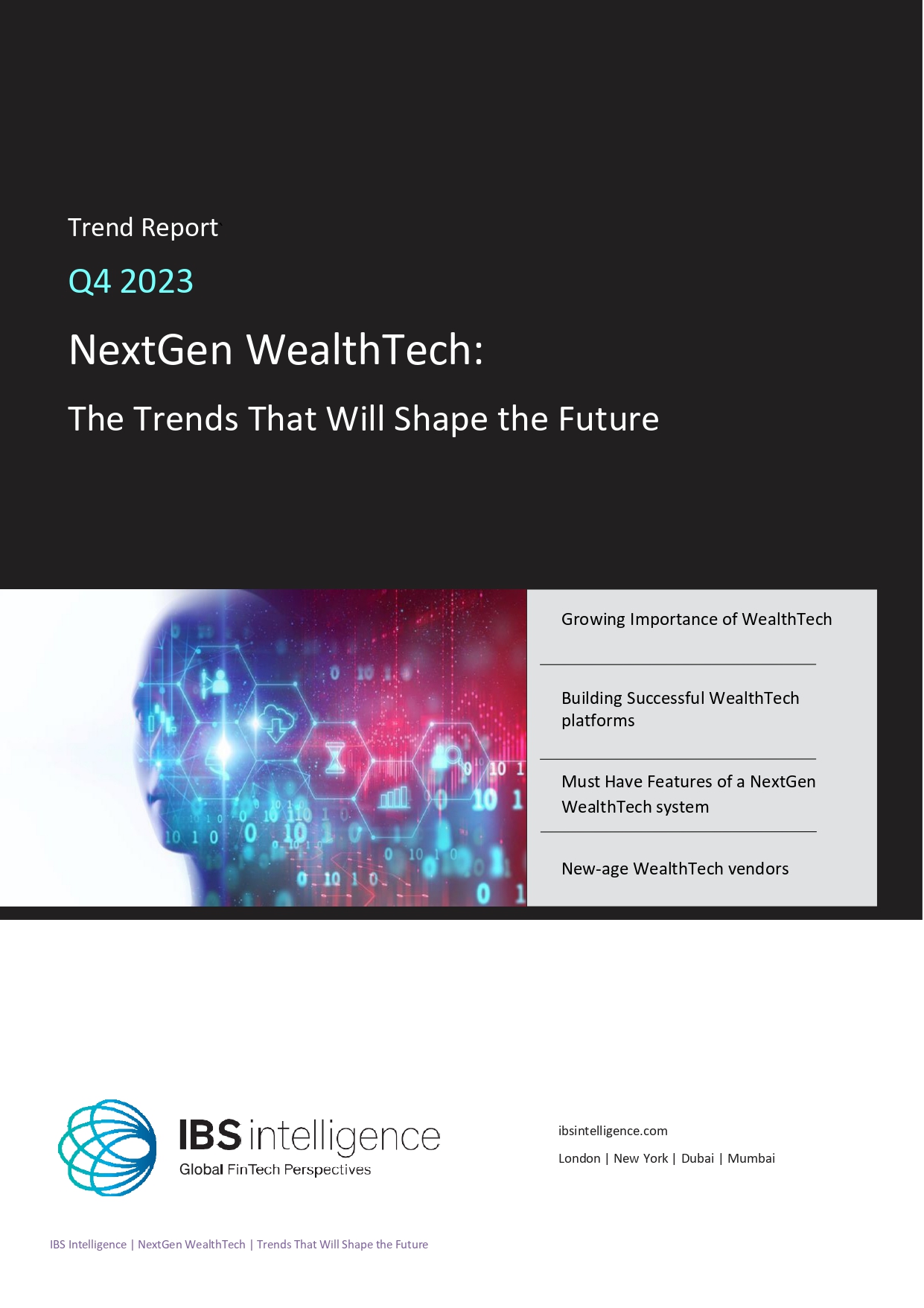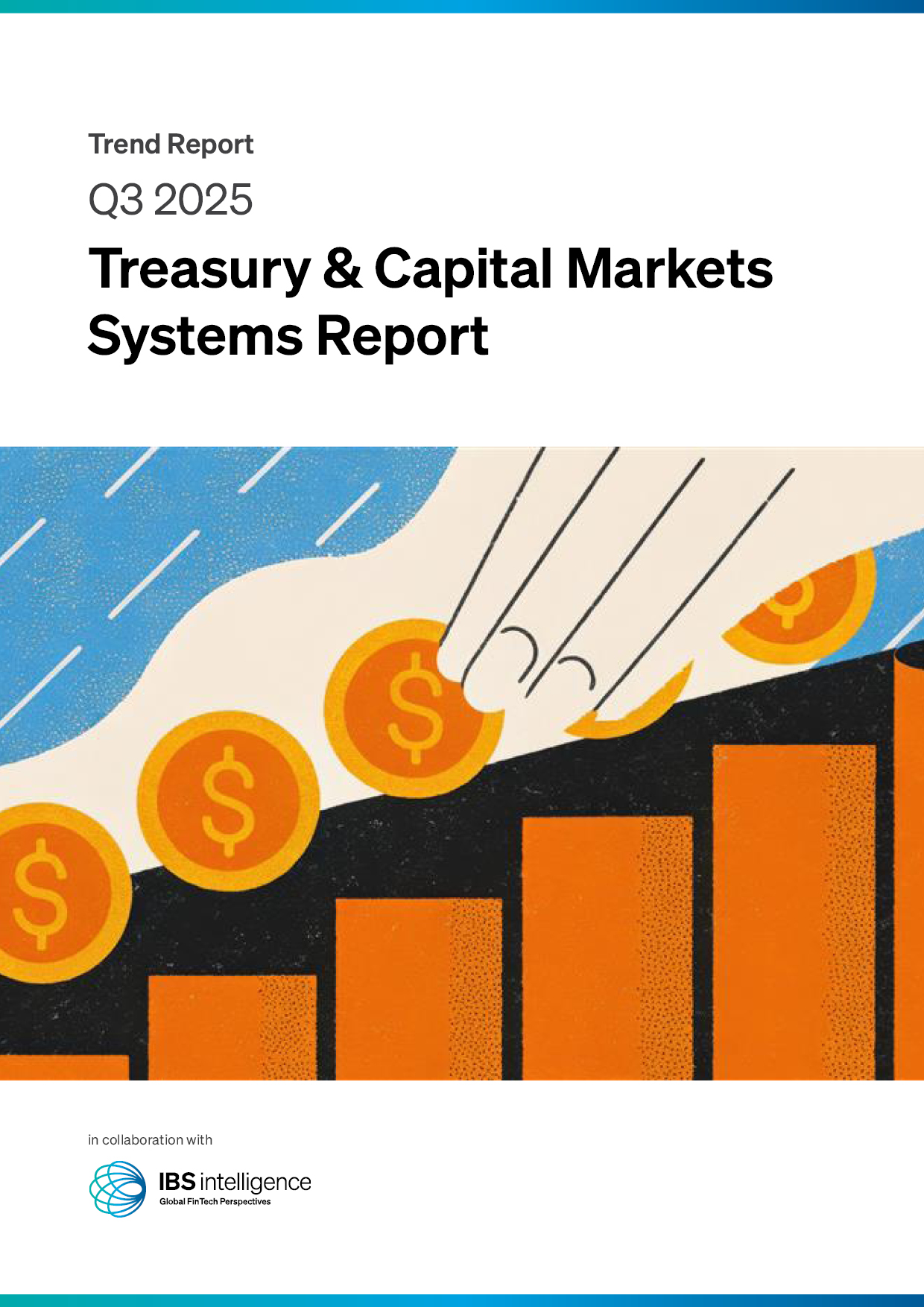 Back
Back
Europe’s banks brace for real-time payments —and millions in lost interest
By Gloria Methri
 There’s no such thing as banking hours anymore. Weekends, evenings, holidays — they’re all fair game now. With the EU’s SEPA Instant Payments Regulation set to become mandatory by October 2025, banks are being pushed into a world where euro payments must clear in seconds, 24/7/365. It is a landmark shift designed to modernise European payments, but it comes at a steep cost.
There’s no such thing as banking hours anymore. Weekends, evenings, holidays — they’re all fair game now. With the EU’s SEPA Instant Payments Regulation set to become mandatory by October 2025, banks are being pushed into a world where euro payments must clear in seconds, 24/7/365. It is a landmark shift designed to modernise European payments, but it comes at a steep cost.
New research by RedCompass Labs reveals that 47% of European banks expect to lose millions in interest as they scramble to meet the regulation’s round-the-clock liquidity demands.
This isn’t just a technical adjustment — it’s a re-engineering of how banks operate, fund, and defend their reputations in real time. Based on a survey of 300 senior payment professionals, RedCompass Labs’ report, ‘Inside Europe’s Race to Instant Payments’, outlines the operational and financial hurdles banks must now overcome.
Liquidity strain in a non-stop environment
One of the biggest friction points is liquidity. While the regulation mandates always-on payments, the European Central Bank’s TARGET2 system — crucial for wholesale payments and liquidity management — remains available only on weekdays between 07:00 and 18:00 CET. That leaves a critical gap.
To compensate, banks must pre-fund their accounts in the TARGET Instant Payment Settlement (TIPS) system, holding idle capital across evenings, weekends, and public holidays — capital that would otherwise generate returns through lending or investment. Nearly every bank (93%) expressed concern about this challenge, with almost half (48%) saying they are “very concerned”.
The planned removal of the €100,000 transaction cap further compounds this. Without a ceiling, predicting liquidity needs becomes increasingly complex. “How much is enough?” asks Pratiksha Pathak, Head of Payment Services at RedCompass Labs. “€300 million? €600 million? €1 billion? Imagine it’s a Saturday evening and multiple high-value instant payments hit your system. What then?”
If a bank’s TIPS account is underfunded, it must reject payments until TARGET2 reopens — a failure that affects customer trust, institutional reputation, and regulatory standing.
Behind the scenes: How banks are preparing
To manage the transition, banks are taking multi-pronged steps:
- 47% are increasing their liquidity buffers to handle round-the-clock volumes.
- 46% are upgrading fraud and sanctions screening tools to manage real-time compliance.
- 44% are revising their risk frameworks.
- 43% are setting up bilateral agreements with other banks to manage liquidity constraints collaboratively.
Sanctions screening, in particular, has emerged as a growing pressure point. Over 54% of banks have reported a spike in rejected payments related to sanctions — a by-product of the requirement to process and clear payments in just 10 seconds.
To keep up, 66% of banks plan to adopt AI tools to reduce false positives and boost accuracy, while 65% are investing in solutions to improve real-time transaction monitoring.
Despite the costs, support is growing
While the initial adjustment has been painful, most banks see the upside. A striking 82% now believe that the benefits of SEPA Instant outweigh the costs, a significant jump from 71% last year.
Some of those benefits are already visible:
- 56% of banks have seen rising demand from corporate clients.
- 27% report growing interest from retail customers.
- 17% say demand has increased across both segments.
That said, fraud remains a concern. 77% of banks expect SEPA Instant to drive a rise in fraud, even as 93% say tools like Verification of Payee (VoP) can help, though most admit VoP won’t be enough on its own.
Beyond the EU, instant payments gain ground
It’s not just an EU story. With SEPA Instant regulations for non-EU countries due by 2027, 51% of banks say they are “very likely” to prioritise early readiness, while another 41% say they are “somewhat likely”. ISO 20022 migration — the backbone of payment standardisation — is still in progress, with 43% still working on it and 39% having completed it.
What’s striking is the surge in optimism. A year ago, only 42% of banks believed the October 2025 deadline was realistic. Today, that number has doubled to 85%.
SEPA Instant is more than a compliance hurdle. It’s the foundation of a real-time financial ecosystem that promises increased speed, inclusivity, and commercial efficiency across Europe.
But the path forward won’t be smooth. As Pathak warns, “A failed payment is more than a compliance cost. It’s a blow to trust and reputation. While many banks are focused on avoiding fines, the real risk is customer experience. This shift calls for more than just technical readiness — it demands strategic clarity, liquidity precision, and a mindset built for 24/7 banking.”
IBSi FinTech Journal

- Most trusted FinTech journal since 1991
- Digital monthly issue
- 60+ pages of research, analysis, interviews, opinions, and rankings
- Global coverage







